November was very wet and windy, with so much rain that the footpaths throughout the cemetery have remained muddy all month. A lot of the time it was quite mild, but the month ended with two cold, sub-zero frosty days. One of those might have included a light dusting of snow overnight, but the next morning it just looked like a very heavy frost. On the final day of the month there were some light falls of hail and snow. The ground didn’t freeze though, so the cemetery wildlife had no trouble finding food and water.
Birds
There were decent numbers of the regular small birds around. It seems to have been a good year for them, especially the chaffinches, great tits and blue tits.
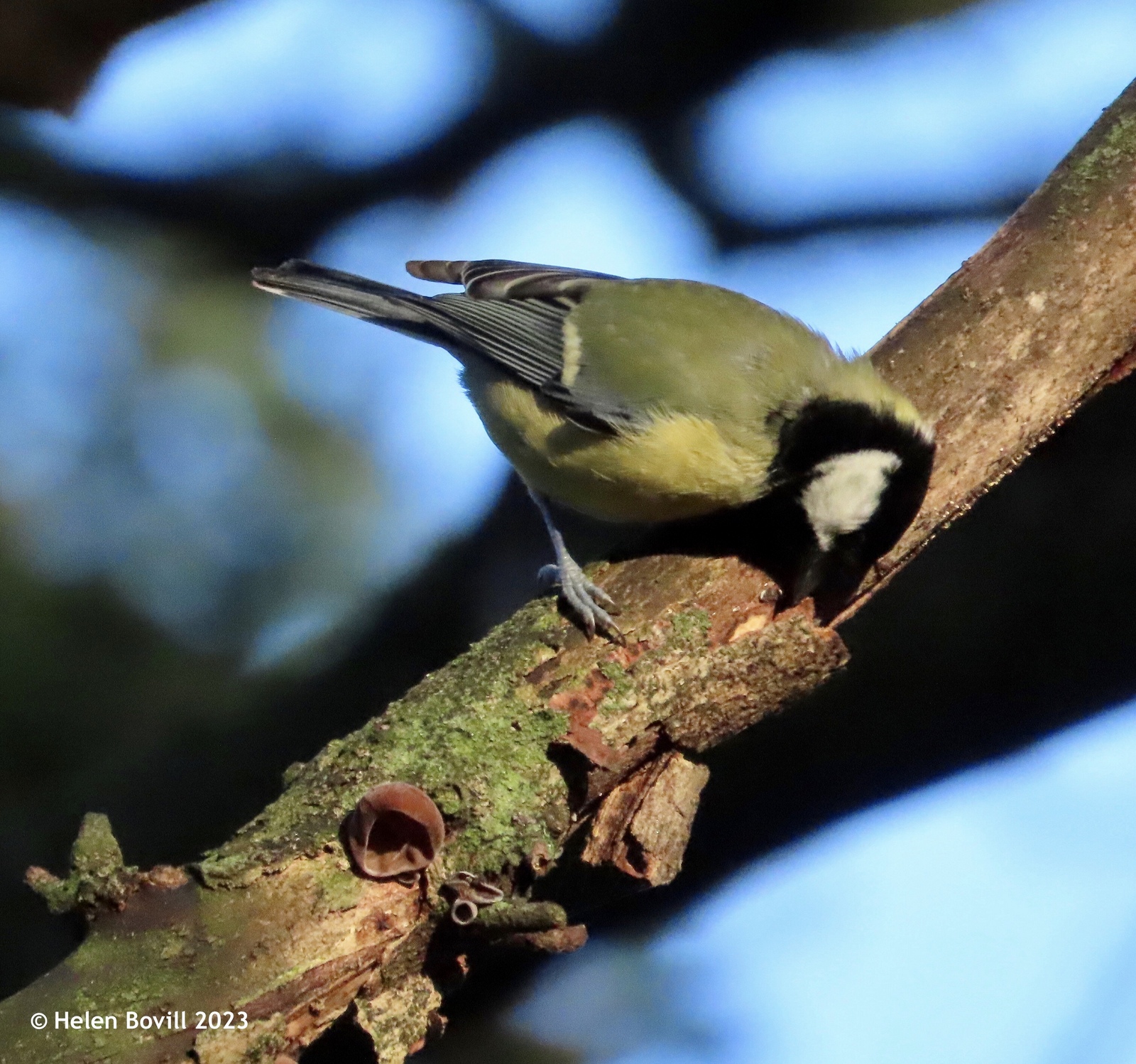
I also started seeing a pair of coal tits almost every day. It’s great to see them back in the cemetery. They’re just slightly smaller than blue tits.
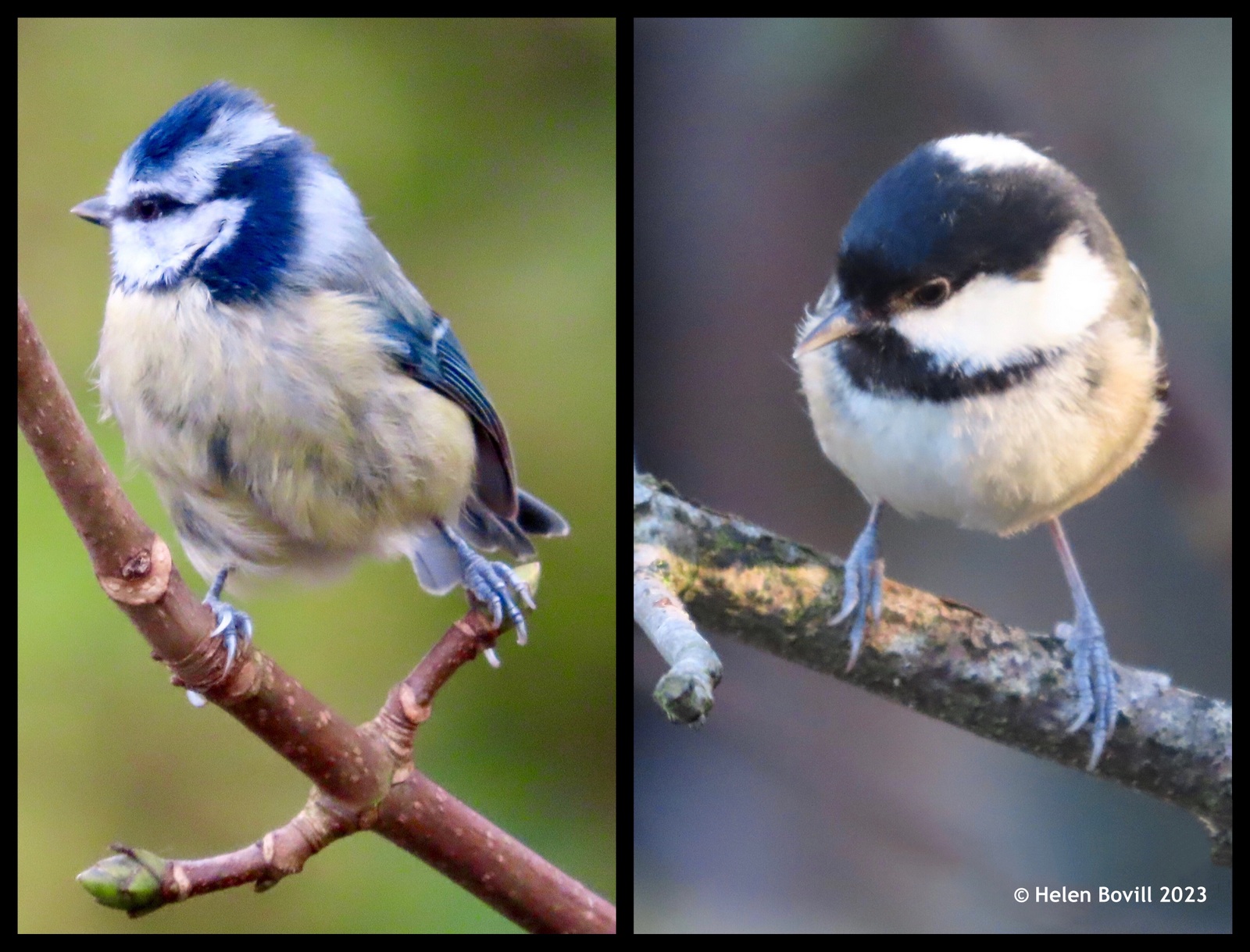
I’ve also seen Goldfinches regularly too. This is a bird than can occur in large flocks, but the most I’ve seen together in the cemetery has been four or five.

I’ve also seen quite a few wrens in the cemetery. These tiny birds move so quickly, and usually disappear into the ivy on the trees, that they can be quite a challenge to photograph. And sometimes I only hear them, as they have quite a loud and distinctive call.
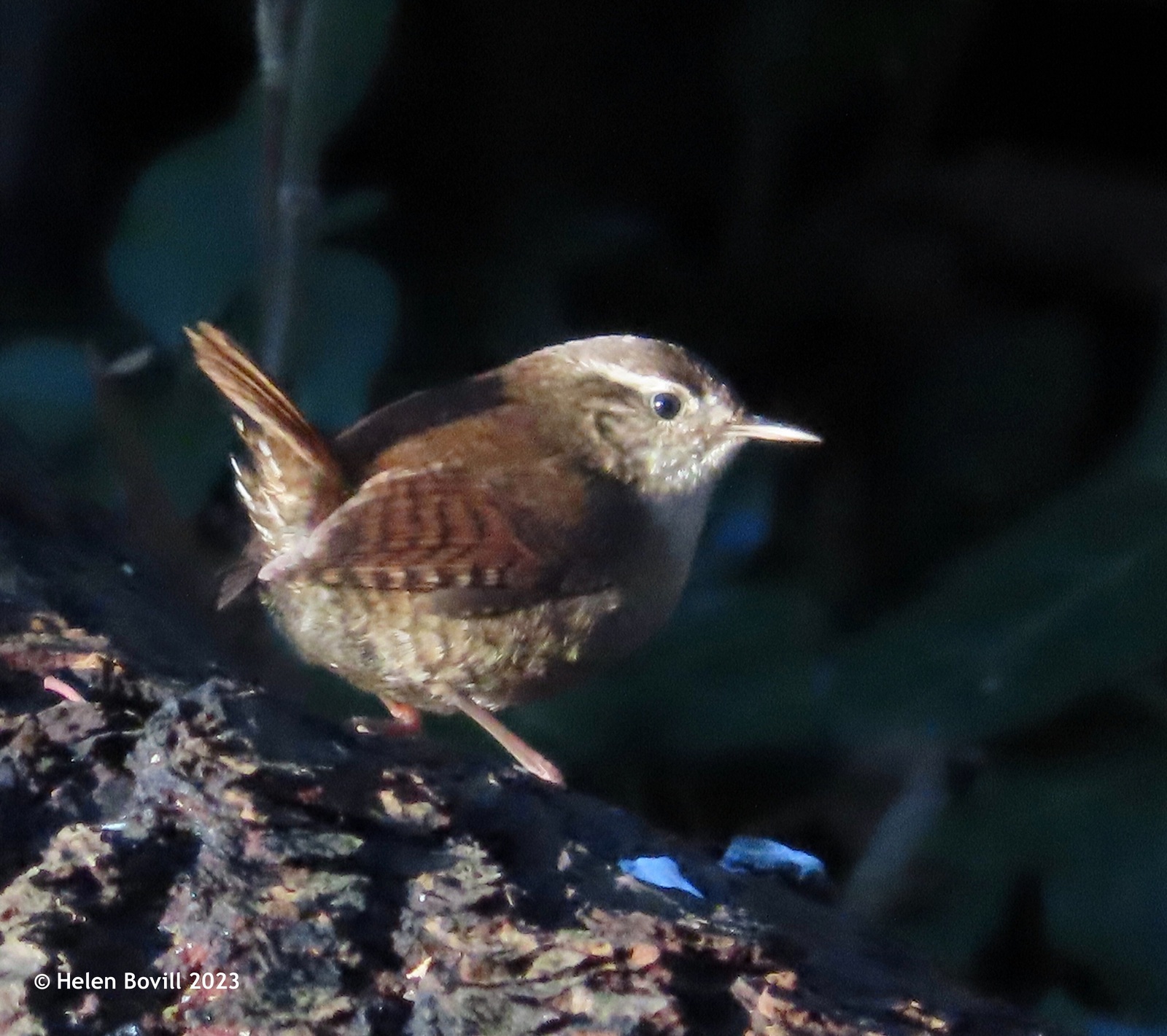
An even louder bird is the carrion crow. But they’re usually very easy to spot!
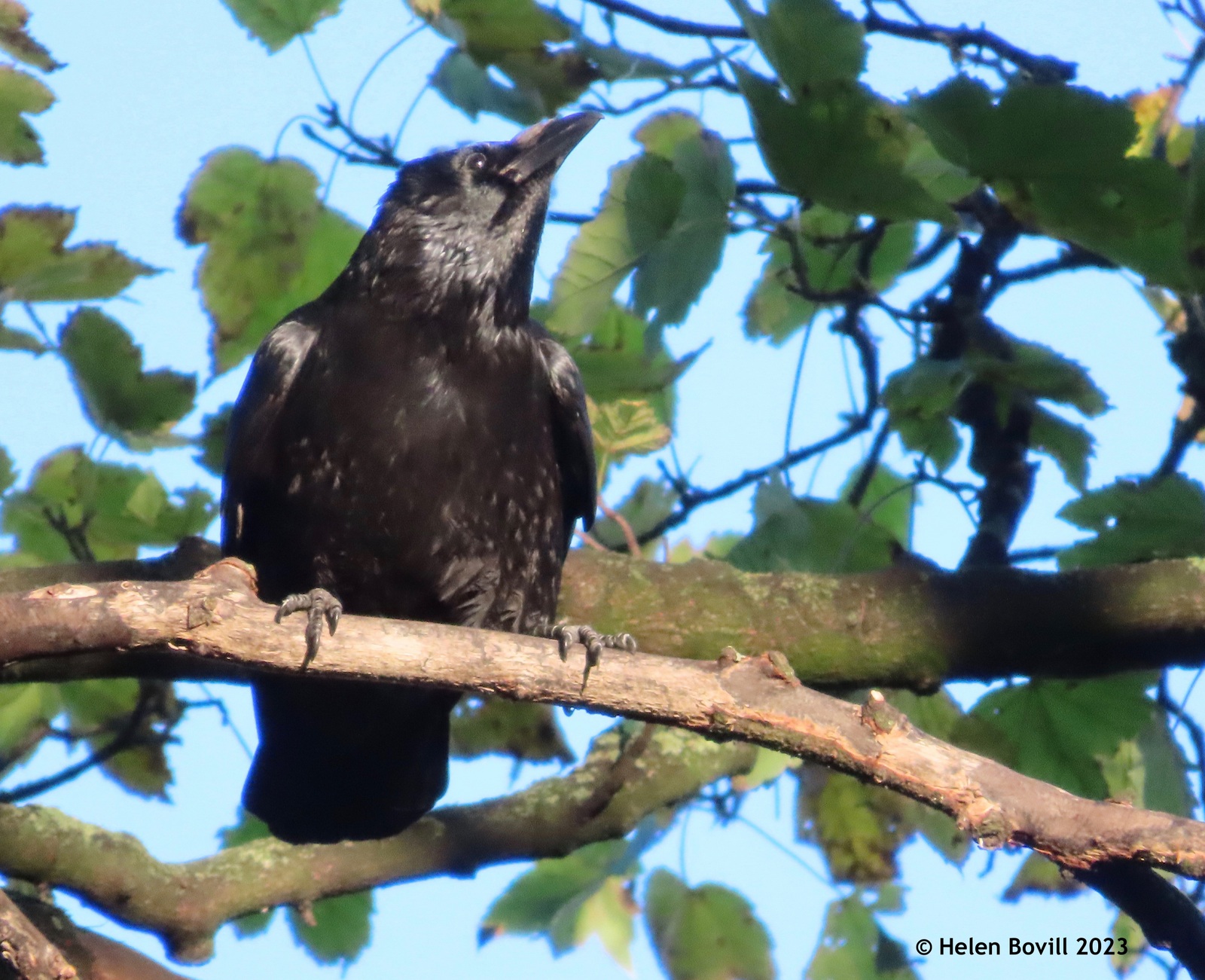
Whilst I don’t have anything rare or unusual to report, I did catch a very brief glimpse of a pair of bullfinches. I also caught a quick glimpse of a goldcrest.
Plants
There were very few plants in flower this month. The most distinctive of those in flower was the musk mallow, growing on the grass verge alongside Spring Bank West. New flowers were still opening late in the month, although the frost might now have finished them off.
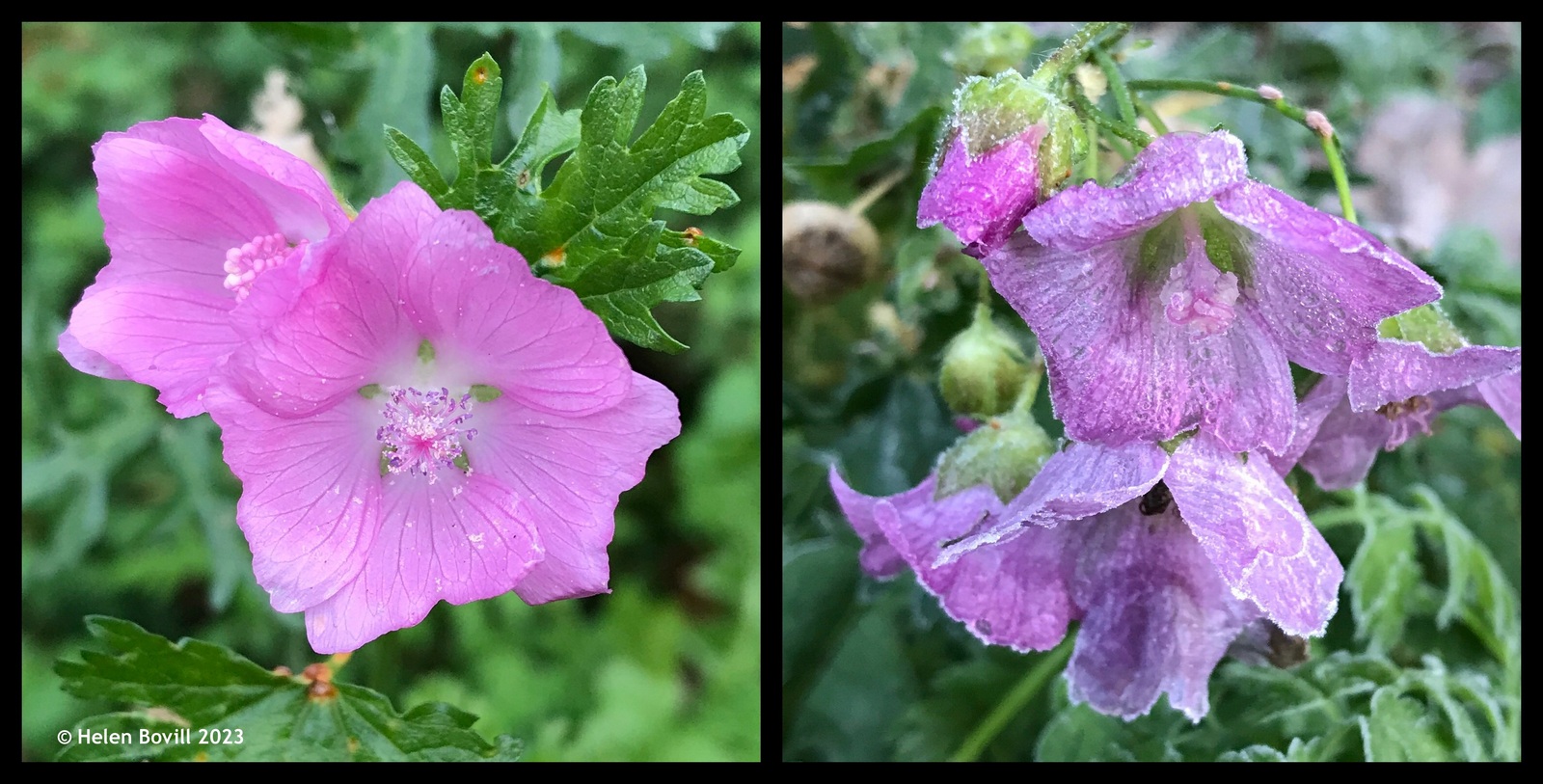
A few dandelions were in flower but they might fare a bit better in the frost.
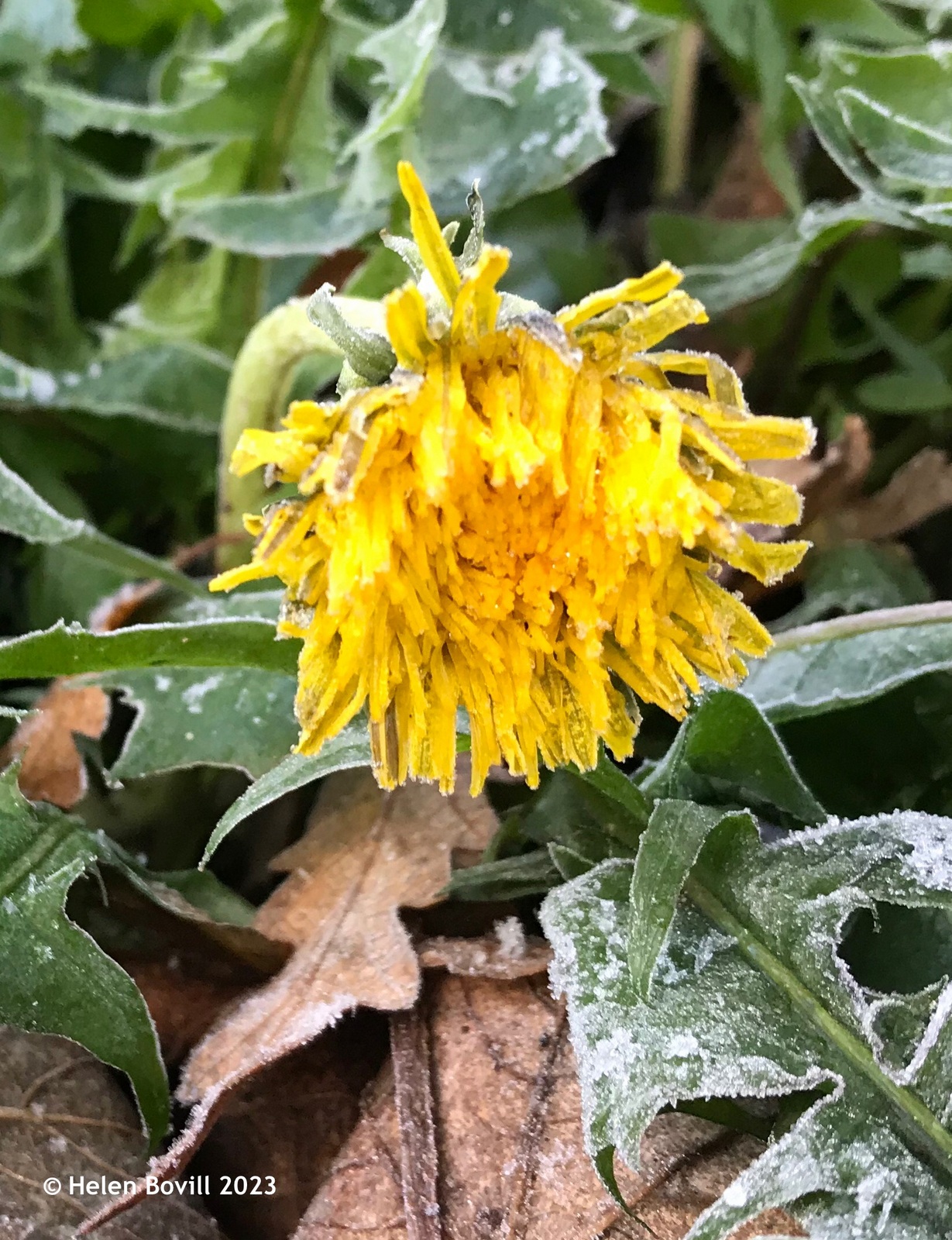
Trees
It has been quite windy this month and a number of branches, some of them quite large, have fallen from the trees. But no significant trees were damaged. Most of the deciduous trees are starting to look very bare now. However, the leaves that have managed to cling on despite those high winds have now turned to lovely autumnal shades of yellow and orange.
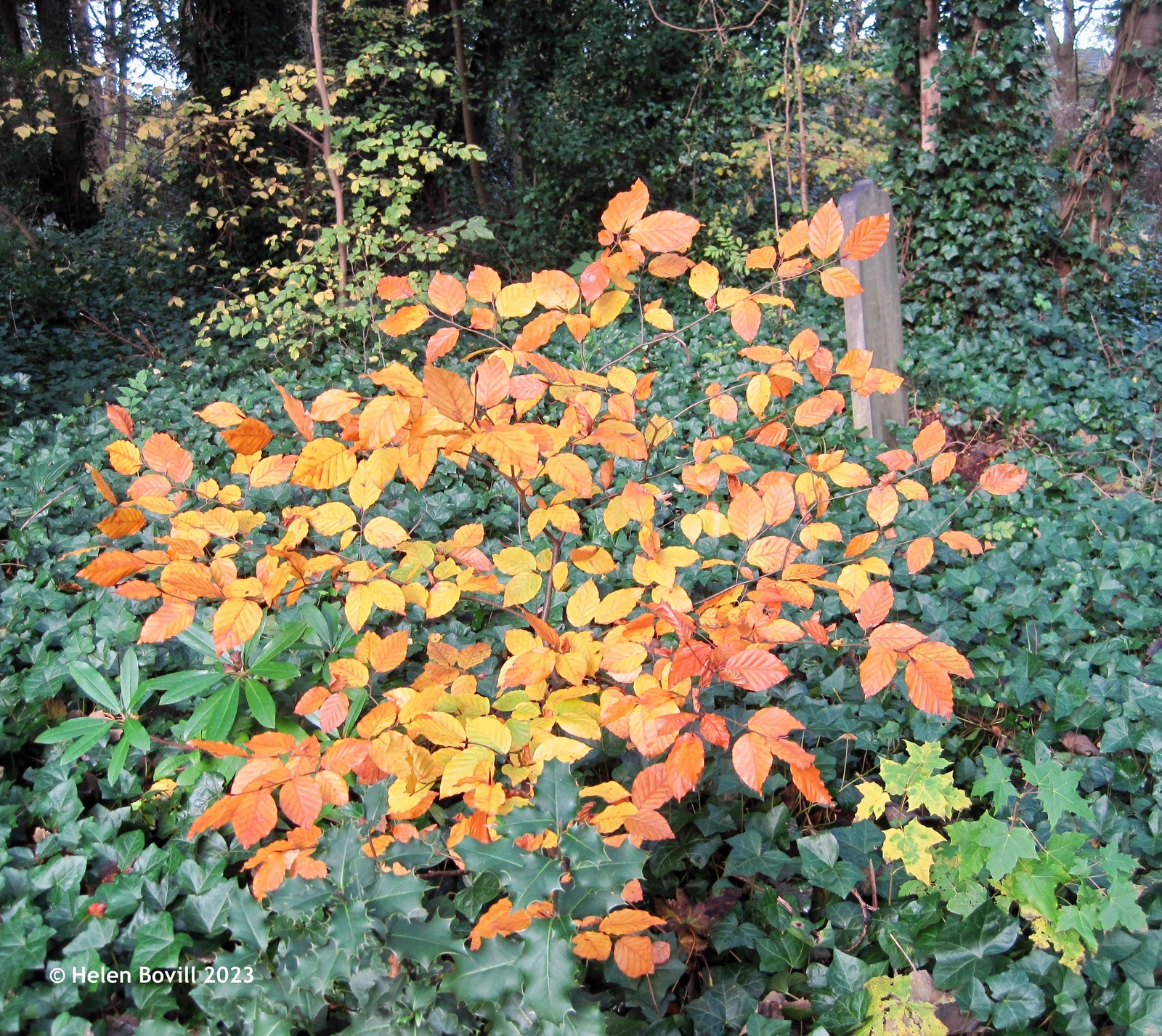
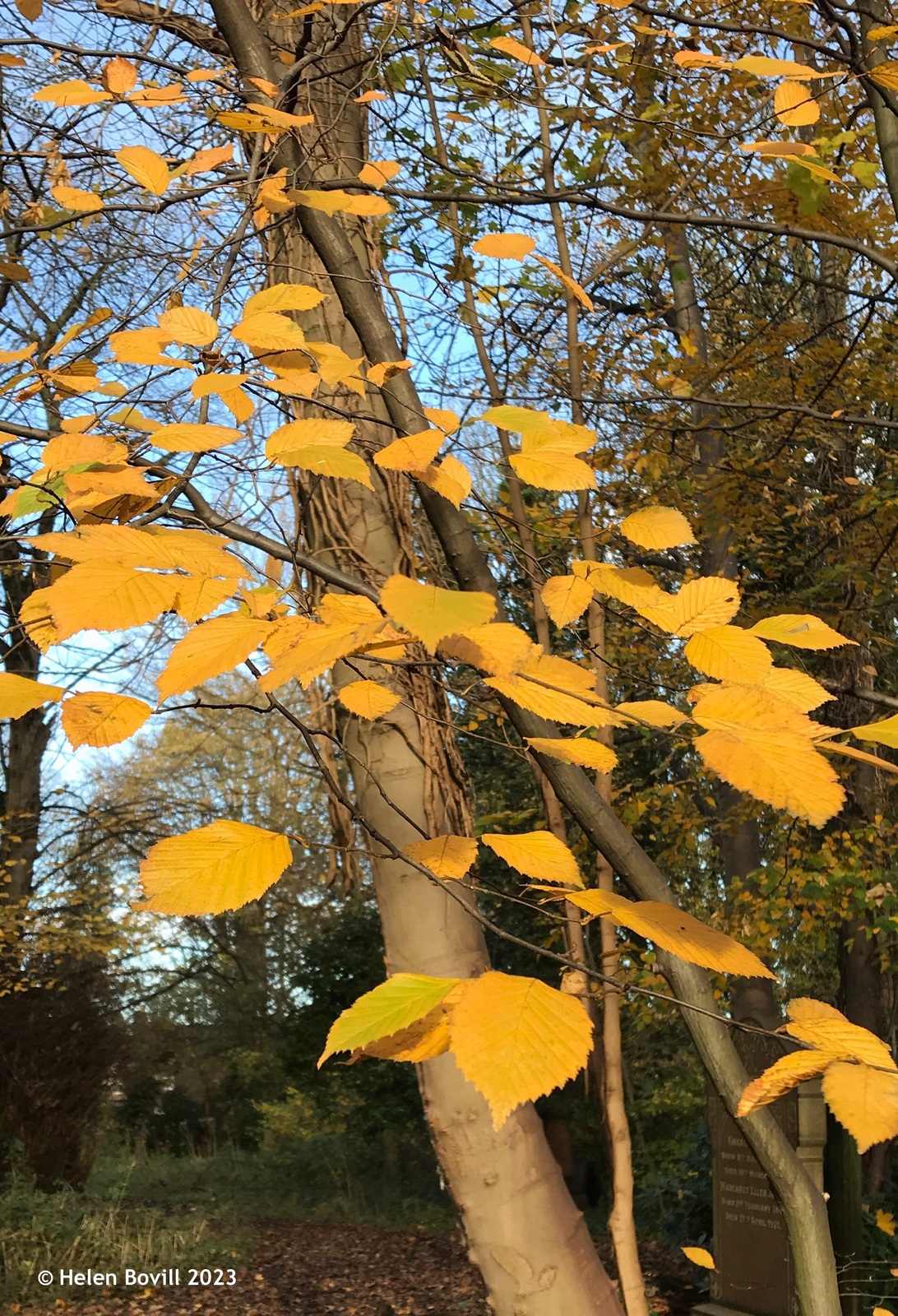
Fungi
I didn’t find much in the way of mushrooms and other fungi this month which was a bit surprising when I look back on what I saw in the November of previous years. I didn’t see any of the velvet shank I normally see growing on a particular fallen log. But I saw some candlesnuff and some coral spot, both growing on rotting wood.

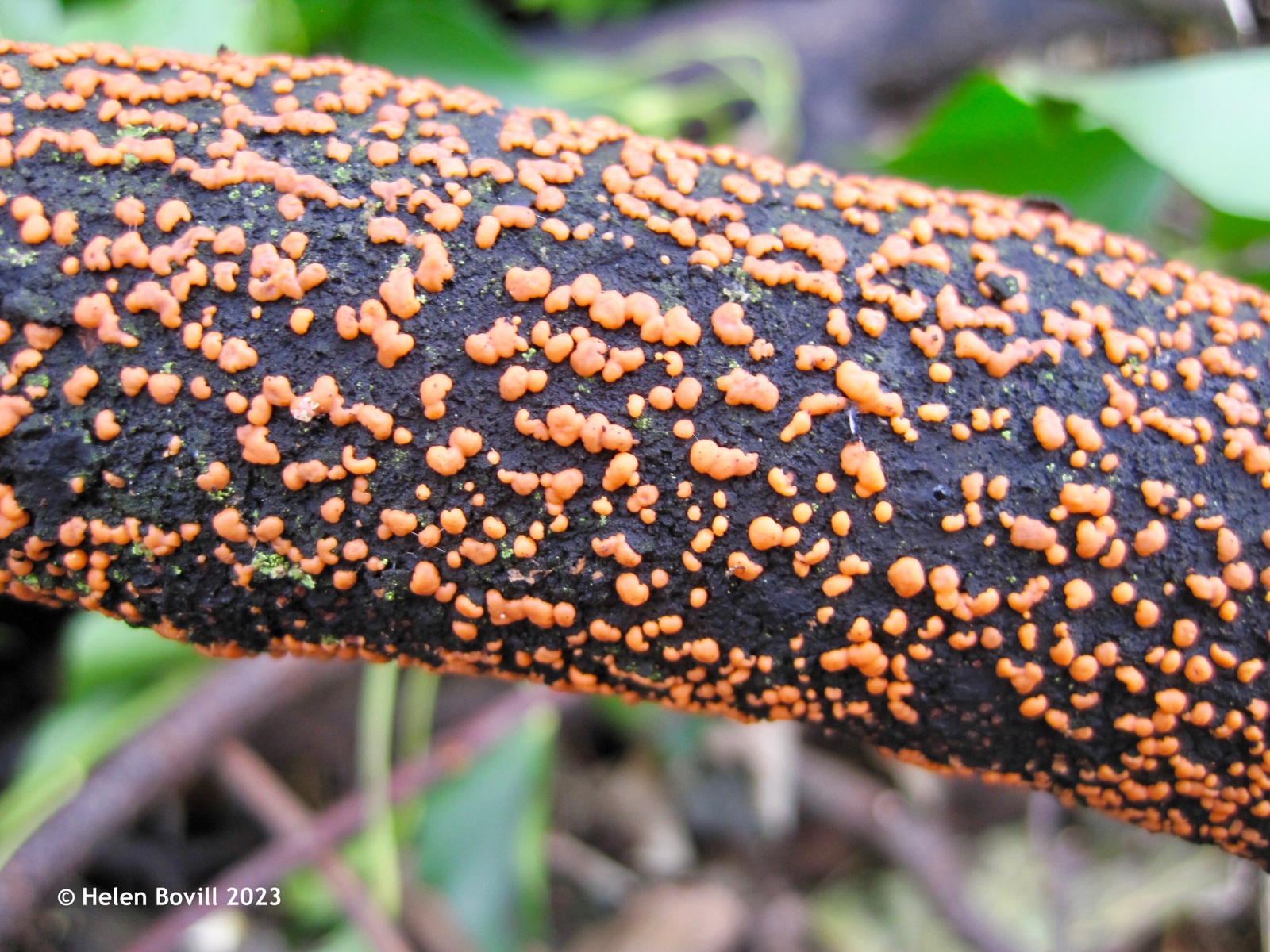
Insects
The smallest branch of the cemetery wildlife has been very quiet this month. I’ve seen a few flies, hoverflies and ladybirds, but no butterflies.
Conclusion
The last full month of autumn has been a very wet one. As we head into winter there is still plenty of autumnal colour left, but plenty of greenery too. We are hoping the Council will give the grass verge alongside Spring Bank West one last cut for the season. This is because lots of new thistles have already started to grow there and these could stifle the growth of the spring flowers that are essential sources of nectar for early insects such as butterflies, some of which can appear as early as February.
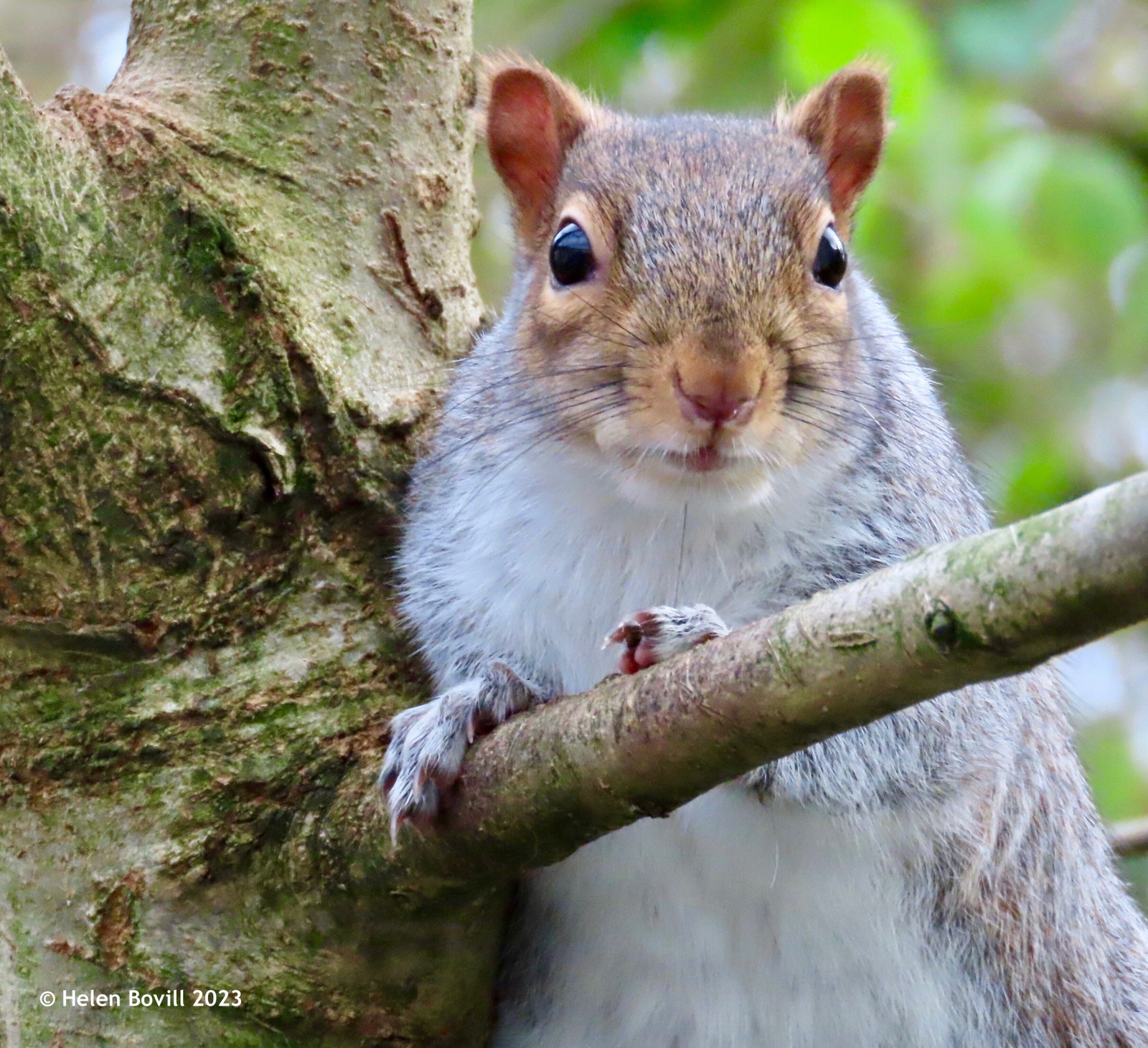


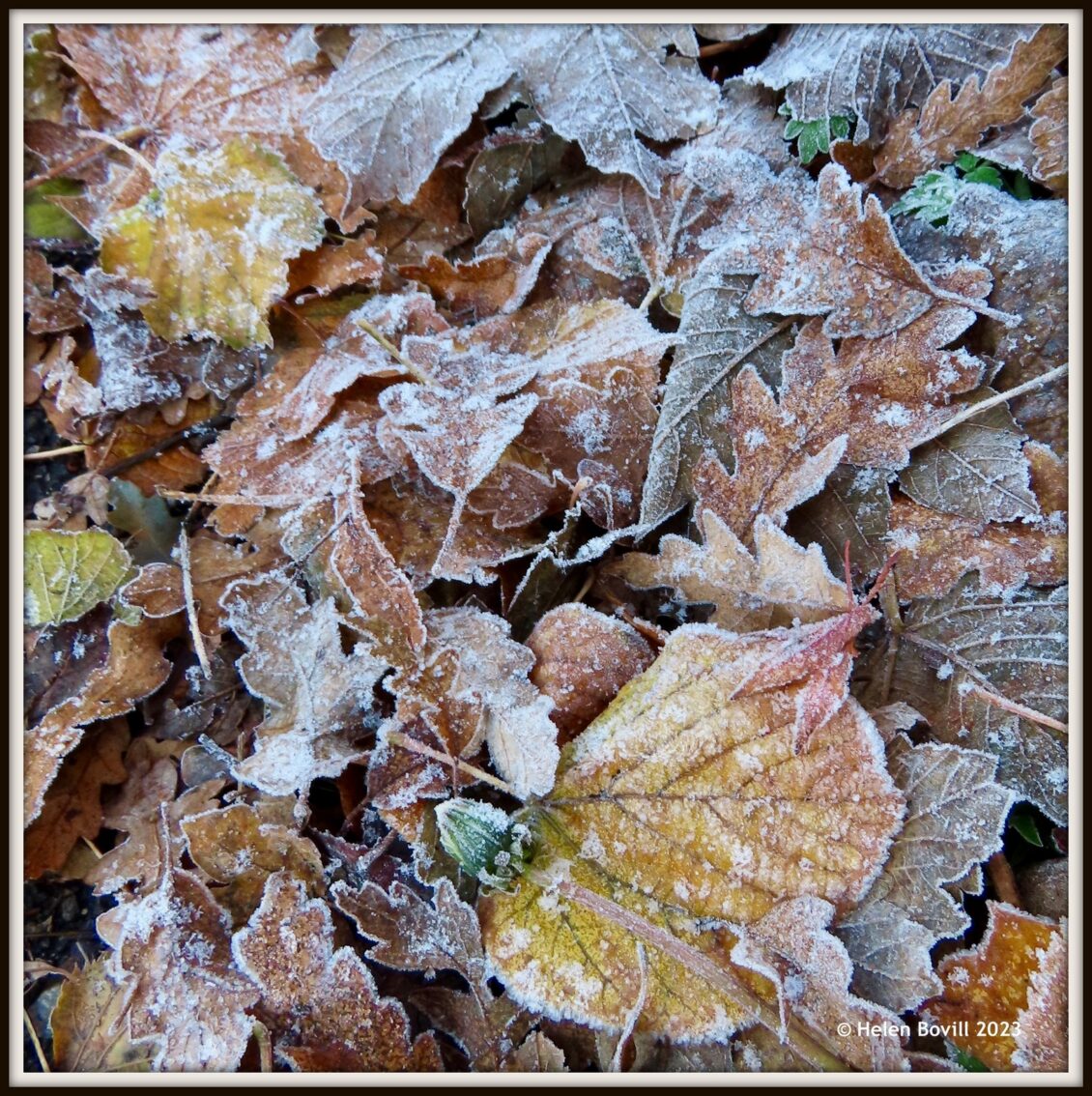
Great photos, lovely to see so much life in the cemetery during these ncold months of the year.
Thanks for the report Helen, always an interesting read.
As ever, these photographs by Helen are stunning.
impressive as ever Helen x